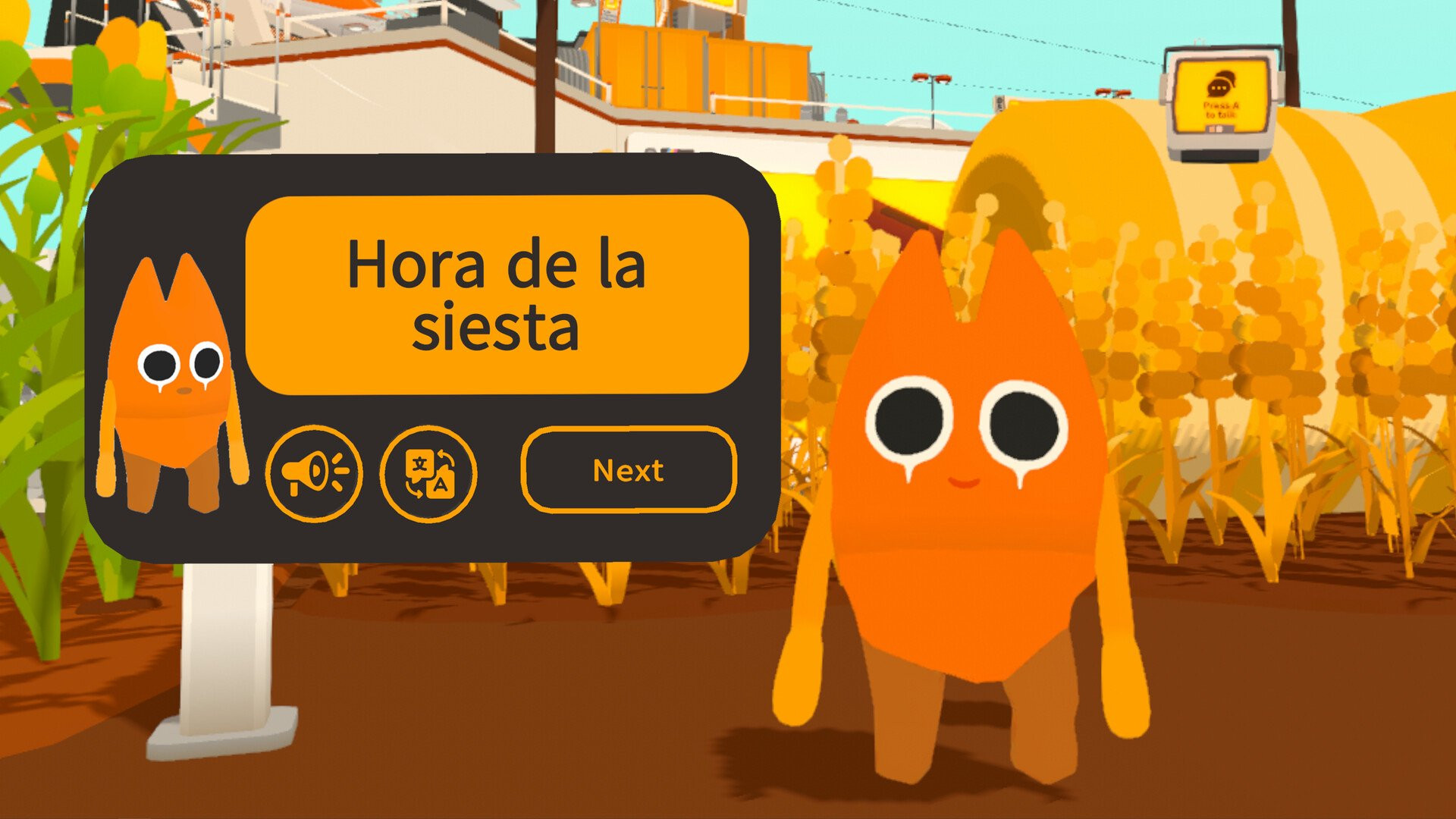The Rise of Language Learning Apps: A Global Phenomenon
The language learning app market is experiencing explosive growth, fueled by a confluence of factors including increased globalization, the rise of mobile technology, and a growing desire among individuals to learn new languages. This burgeoning sector is expected to reach a staggering USD 47.26 billion by 2028, highlighting its enormous potential and influence on the future of education.
Driving Forces: Why are Language Learning Apps So Popular?
Several key drivers contribute to the rapid ascent of language learning apps. The global demand for learning new languages has surged, driven by the interconnectedness of the world, the desire to travel, and the pursuit of professional opportunities. Individuals are increasingly turning to convenient and affordable learning solutions, and language learning apps offer an ideal alternative to traditional language courses.
Accessibility and Affordability
Language learning apps are readily accessible, requiring only a smartphone or computer and an internet connection. This makes them far more convenient than traditional language courses, which often involve time commitments, travel, and considerable costs. The affordability of language learning apps is another crucial factor, with many offering free or low-cost subscription models, making them accessible to a wider audience.
Personalized Learning Experience
Language learning apps often incorporate personalized learning approaches, adapting to each user's individual pace and learning style. The use of artificial intelligence (AI) and machine learning algorithms allows apps to tailor content, provide feedback, and track progress, creating a highly customized experience that fosters engagement and motivation. The personalized nature of these apps enables users to learn at their own pace and focus on areas where they need additional support.
Gamification and Engaging Content
Gamification plays a significant role in the success of language learning apps, making the learning process fun and engaging. Many apps incorporate game-like elements, such as points, rewards, and leaderboards, to motivate users and track their progress. The use of interactive exercises, quizzes, and games helps break down complex language concepts into manageable chunks, making learning more enjoyable and effective.
Key Players in the Language Learning App Market
The language learning app market is a vibrant landscape, featuring a diverse range of players, each with its unique approach and target audience. Some of the most prominent players include:
- Duolingo: One of the most popular language learning apps, Duolingo offers a free gamified learning experience with a wide range of languages. Their focus on gamification and engaging content has made them a major player in the market.
- Babbel: Babbel distinguishes itself by offering a more comprehensive approach to language learning, with a focus on real-life conversations and practical language skills. Their subscription model provides access to a structured learning program, making it ideal for those seeking a more comprehensive language learning experience.
- Rosetta Stone: Known for its immersive language learning approach, Rosetta Stone offers a subscription-based platform that combines interactive lessons, speech recognition technology, and cultural insights. Their focus on immersive learning and cultural immersion sets them apart in the market.
- Memrise: Memrise utilizes spaced repetition techniques and gamified learning to help users learn new vocabulary and grammar concepts. Their unique approach to memorization and gamified learning has attracted a significant user base.
Future Trends in the Language Learning App Market
The language learning app market is constantly evolving, with new technologies and approaches emerging regularly. Several key trends are shaping the future of this sector, including:
Increased Integration of AI and Machine Learning
The use of AI and machine learning is expected to play an even greater role in language learning apps, further enhancing personalized learning experiences. AI-powered chatbots and virtual assistants will provide more personalized feedback and support, while machine learning algorithms will analyze user data to optimize learning pathways and identify areas for improvement.
Immersive Technologies
Virtual reality (VR) and augmented reality (AR) technologies are poised to transform language learning, creating immersive environments that allow users to practice their language skills in realistic settings. VR and AR technologies can provide more engaging and interactive learning experiences, helping users to develop fluency and confidence in their language skills.
Focus on Practical Language Skills
Language learning apps are increasingly focusing on practical language skills, equipping users with the ability to communicate effectively in real-world situations. The emphasis is shifting from rote memorization to developing conversational skills and understanding the nuances of cultural communication.
The Future is Bright: The Promise of Language Learning Apps
Language learning apps are reshaping the way people learn languages, making it more accessible, engaging, and effective. The market is expected to continue its growth trajectory, fueled by technological advancements and the increasing demand for language learning. With their personalized learning experiences, gamified approaches, and focus on practical language skills, language learning apps hold immense potential to empower individuals to learn new languages and bridge cultural divides. The future of language learning is promising, and language learning apps are poised to play a crucial role in shaping this future.


















